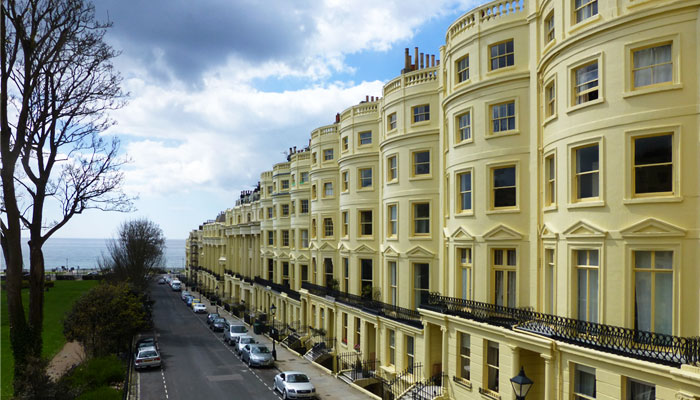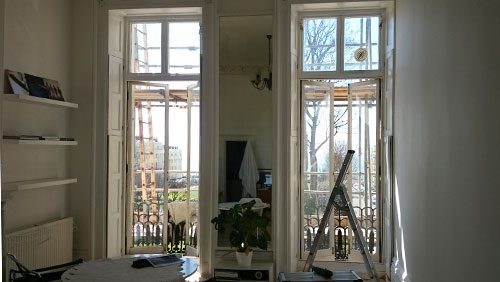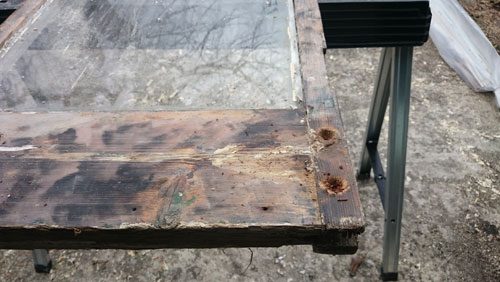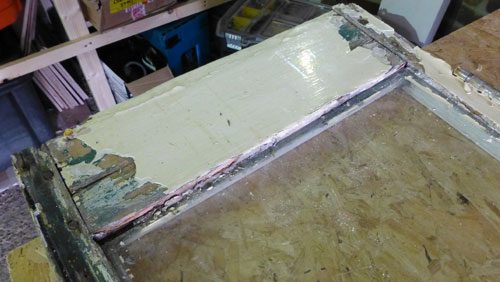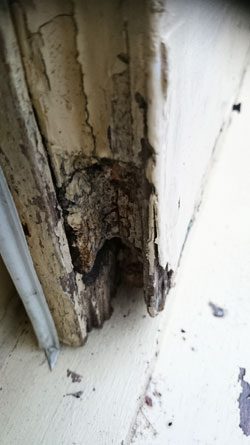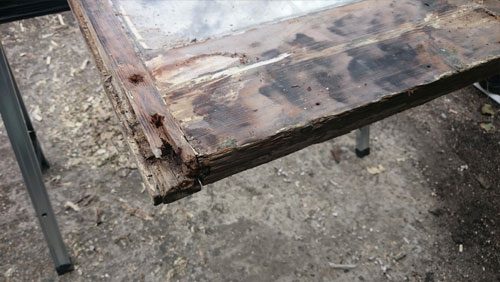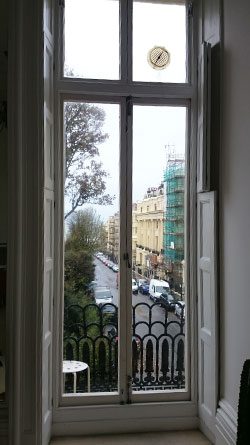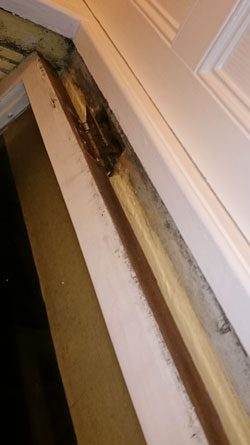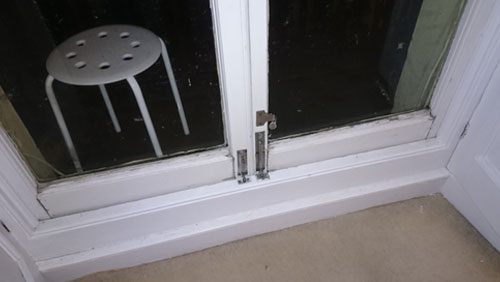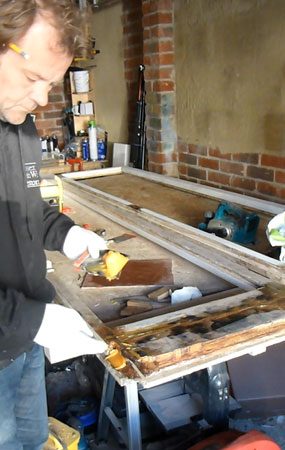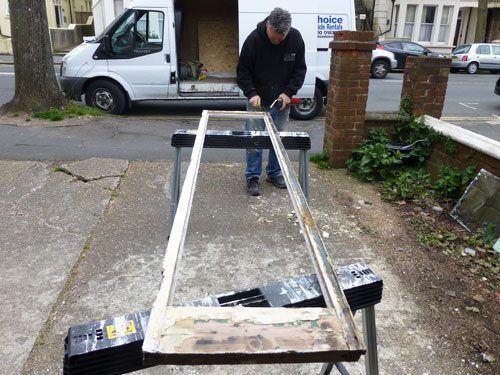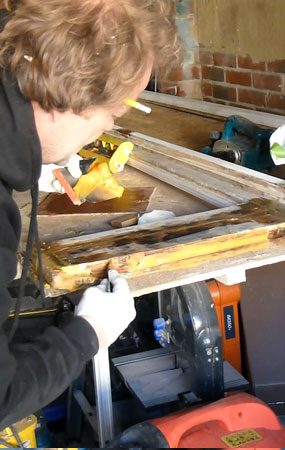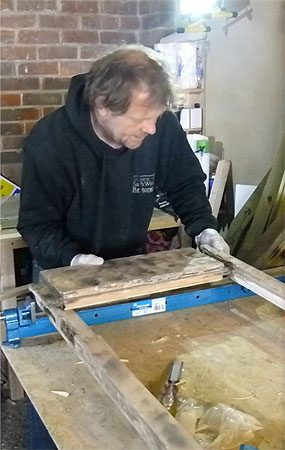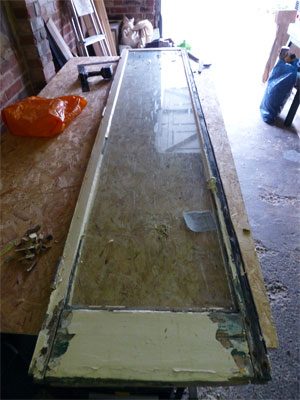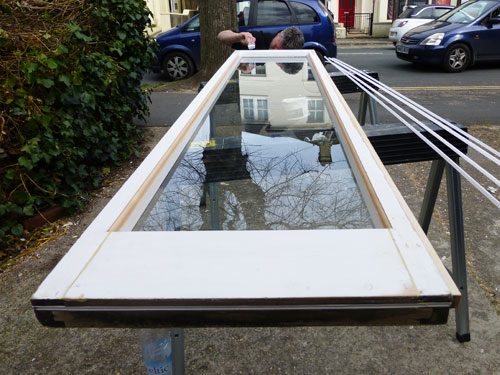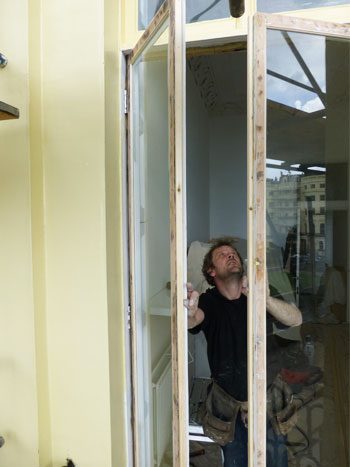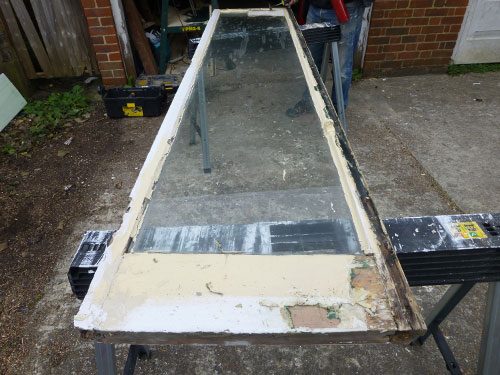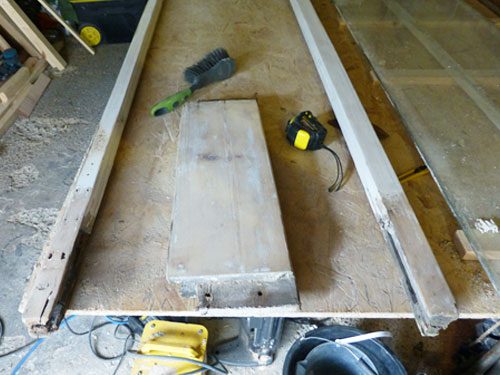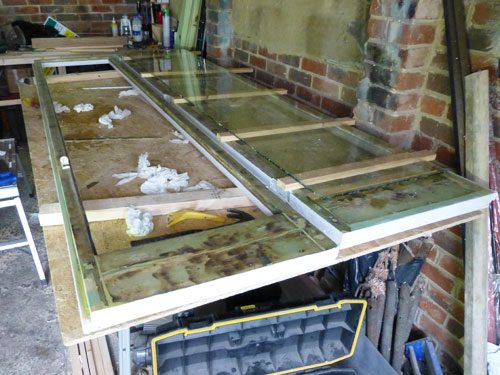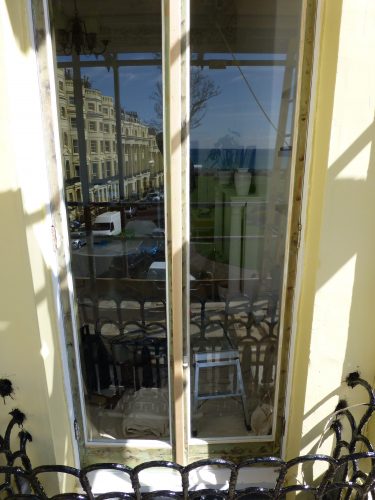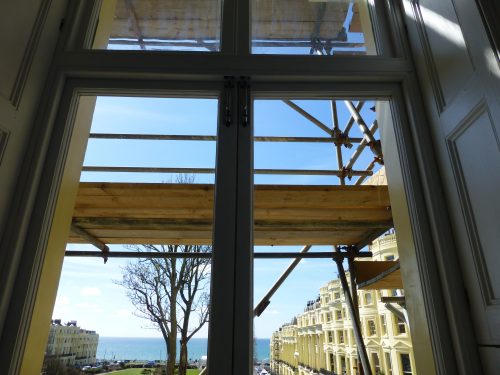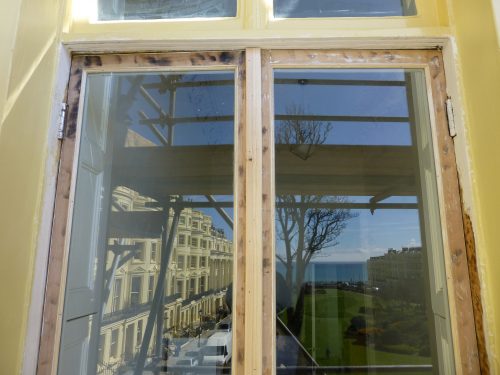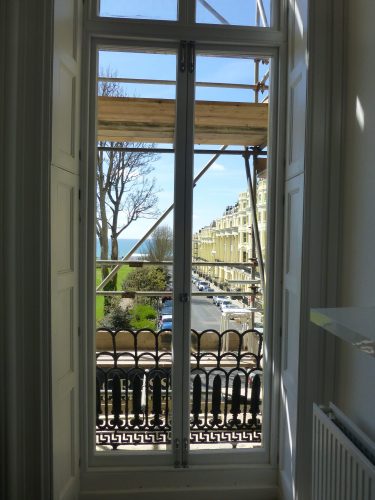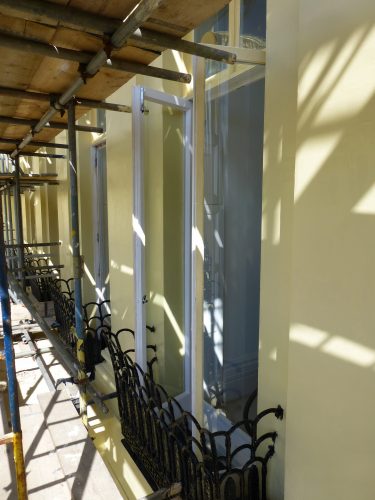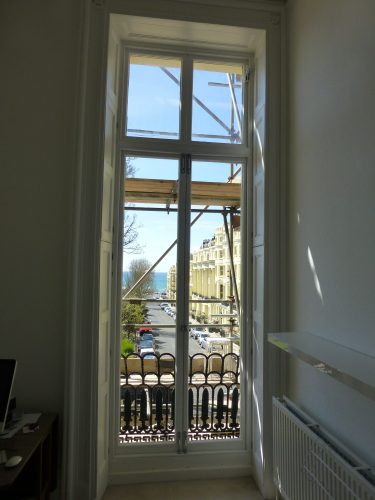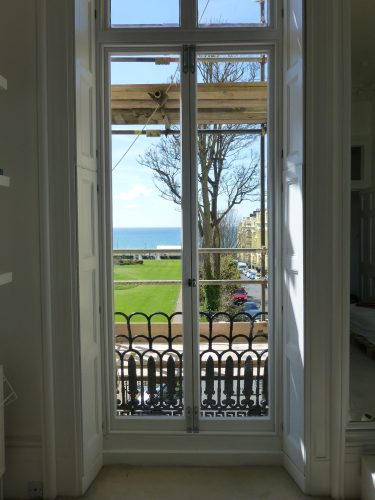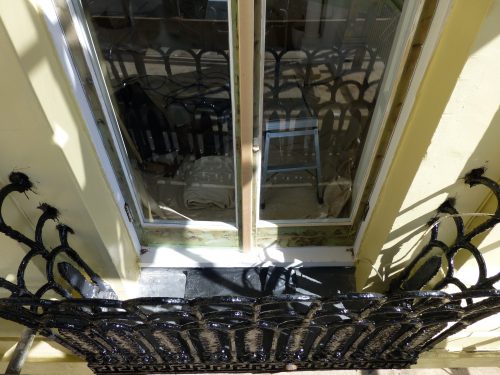Brunswick Square French Door Refurbishment and Restoration project – Brighton East Sussex
Brunswick square is one of the most iconic squares and places to live in Brighton. First created in 1824 by architect Charles Busby. It was part of the Wick Farm estate east of Hove which was a strip of land from the seafront in hove to Preston park manor north of Brighton.
A brief history of Brunswick Square
The development itself was started after Kemp town became a sought after location and the success of Thomas Kemp’s development of Kemp Town. Thomas Kemp owned this part of Wick farm and made a contract with the architect Charles Busby to create an independent area of the Brunswick development- all at the age of 38. You can see most of his influence through the way that Brunswick area has huge columns on the façade of the buildings.
The intention was to make Brunswick Square an affluent area seeking the people that flocked from London. Therefore this development needed to be different and host a market (now used as a theatre), bath houses for the different classes shops and stables. This was an area that would far outdo the Kemp Town development with less taxes on materials used for building and running costs such as coal.
Busby was very selective of the materials that he used and would check them personally for the quality of the product. From the Cornish stone to Welsh slate, everything had to be perfect. The vision worked and the affluent English flocked to the area to seek the exclusivity and medical benefits that living next to the sea purportedly had to offer.
When the development was finished 10 years from the very first meeting with Thomas Kemp and Reverend Thomas Scutt (who was still a sleeping partner), Charles Busby died at the age of 50. I believe he didn’t see the finished development because there was drastic changes in the property design that we were on.
For example French doors were not part of the original design of the top end of Brunswick square – these were originally sash windows. We know this because when we restored the door frames we found the original sash window frames behind the door frames still intact. These were left in there because old sash windows used to be part of the structural integrity design of the property.
Brunswick Square French Door Restoration Project
This project was a really good one to do and it was a pleasure to be involved with. Firstly we were the only company that said all the right words to the customer and not filled them with dread. One company had said that the doors needed replacing and the frames were no good and needed replacing too.
These houses are grade one listed and the doors or windows cannot be replaced in any way. This can carry a fine of up to £10,000 and the conservation officer can demand that you replace the new windows or doors with ones exactly the same as before to the millimetre. This could include the materials, seasoned timber being the main thing that was used in the 18th and 19th century. Please see our page on seasoned timber and we will explain the difference between timber now and seasoned timber.
The overall message that was sent by the companies was that the doors needed replacing, but this is not true at all. You just need very good carpenters/ joiners to do this sort of work which is a speciality in itself.
We have employed many carpenters or joiners and to do the work like it was done originally in the 18th century needs someone that has done this sort of work before and knows all the different joints that you used to get. The joints have changed dramatically from Dovetail mortice and Tenon’s to curved mortice and Tenon’s like what has been used here.
Can just painting make the property look good and give it that perfect finish
The Brunswick development gets painted every 4 years to keep up with the conservation laws set by Brighton and Hove council. This is always used with Sandtex 10yr proven paint in Brunswick yellow. But with painters and the managing agents just doing the least that they can get away with. The paint is painted continuously, year after year and never stripped back to bare wood. This in total adds to the original paint and a mass build-up of old paint. This makes a total of 49 times it has been painted in the years since it was first constructed. If you think of all that time, how much paint has been left on the doors or windows, this cannot give you a great finish.
These doors that we restored were over a quarter of an inch thick with paint. When these properties get painted at the first opportunity after the winter period all the weather and dampness gets stuck in the doors or windows.
In the winter months doors and windows expand and contract because wood is porous and has a percentage of water content in the timber. In the winter months the doors or windows expand and they haven’t had a chance to contract back to the position that they were in the summer months. This creates gaps in the timber joints and once people have filled these joints with two pack filler than this is when the damage slowly starts to happen.
This is one of the reasons why people end up planning the doors down because they don’t shut properly but please remember that they fitted once. When you take something off an object you cannot put it back especially wood. I make it a point to tell people that work for us, every action has a reaction, in life and with what you are working with.
We first started by taking 2 sets of doors to our workshop and stripping all the paint off. We always do this because when you are trying to restore anything you really need to see what you are working with behind all the paint.
The next step was to evaluate the doors, what needed doing and which doors needed the most work. This usually involves a lot of drying time as well.
Most of the rot that we find is usually down to the putties failing, this allows water ingress into the Tenons of the joints themselves and with painters using an abundance of 2 pack filler, this always keeps the water in the timber and allows the fungus to grow.
Rot is a live bacteria in the form of fungus. It needs damp dark conditions with a water source. This will slowly take all the cellulose and hemicellulose away from the timber and this is one of the main ingredients that gives timber the strength that it so badly needs. If the rot goes so far it turns into mulch like making paper.
Stripping the french doors apart and squaring them is vital
On this project the doors were all out of square due to the joints not being tight anymore. This has been caused by weather and lack of maintenance. So to English heritage standards we took all the glass out of the doors and started to take all the timber sections apart leaving us to start again from scratch on 2 sets of doors. This involved making new parts for the doors that were too rotten or splicing timbers to the original materials thus creating a solid timber for the stiles (outside vertical timber ) and rails (horizontal timber Bottom and Top).
After we have spliced timber or inserted new timbers to the door components then we would start to reconstruct the doors themselves, this was done on the work bench with polyurethane glue and the Dry-flex woodcare system. This has been specifically designed for timber windows and doors. We have a dedicated page on this product so please follow the link here Dry-flex woodcare system.
We checked everything from the original opening measurements to the original door measurements and start to assemble the doors back together. This was also checked with the original glass as well to make sure that everything fitted absolutely perfect and to the millimetre.
These doors were a total of 2750mm height and only 600 width and timbers on the stiles of only 60mm wide and a depth of 45mm. These had to be made again in a completely flat area so that when we restored the French doors they would not be warped in anyway. The mortice and tenon’s were curved slightly, to actually make sure that they couldn’t move that much with weight and gravity in time to come.
Squaring the doors up can have some problems with the glass.
There was only one real problem with the doors that we came across. This being, over time the doors had moved so much someone had decided to put glass into the door cut at an angle. They then cut the doors down and added on the top of the doors to make them look okay for the time being.
But all they did was add on to the problem of the doors and make them sag even more. Again action and reaction. Please bare this in mind when you get someone round to do a quick fix on your property. Once its gone its gone and it costs time and more importantly money to put these problems right.
Another of the problems were that we had been asked for the doors to be draught proofed, but with people over the last 200yrs taking bits of here and there off the doors then this can be a problem.
When we draught proof doors or windows we can only have a gap of no more than 8mm for the draught proofing to work and that’s all around. In this case the doors had to be re-lipped and planed to suit a 4mm gap all round and to really go that extra mile we decided to create our own staff beads with draught excluders fitted. This was a slightly thicker and wider timber than you can get and it worked perfectly.
One of the neighbours came round to get the keys from us and she couldn’t believe that these were the original doors. All the doors were square again and with no massive gaps around the rebates, new paint work inside and out, new furniture and no draughts.
We had done our job, cleaned up better than it was before, closed the doors and walked away. All the lads were so proud that had been involved with this project and I will say a big thanks to them now. Over 200 man hours went into this project and it we know these doors will now definitely last another 100 years or so.
So if you are doing a project like this in the future remember it doesn’t have to cost a fortune but you do have to get someone who knows what they are doing to restore the original French doors or windows.

